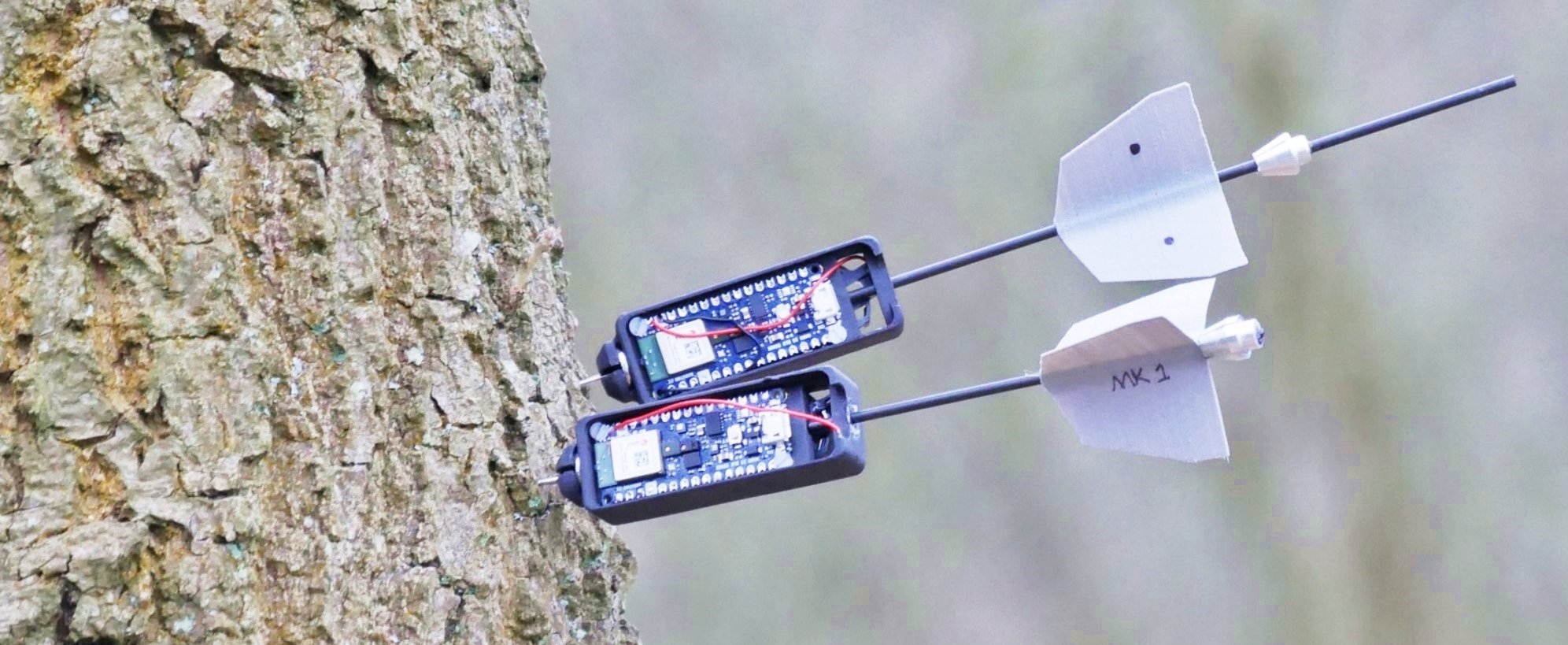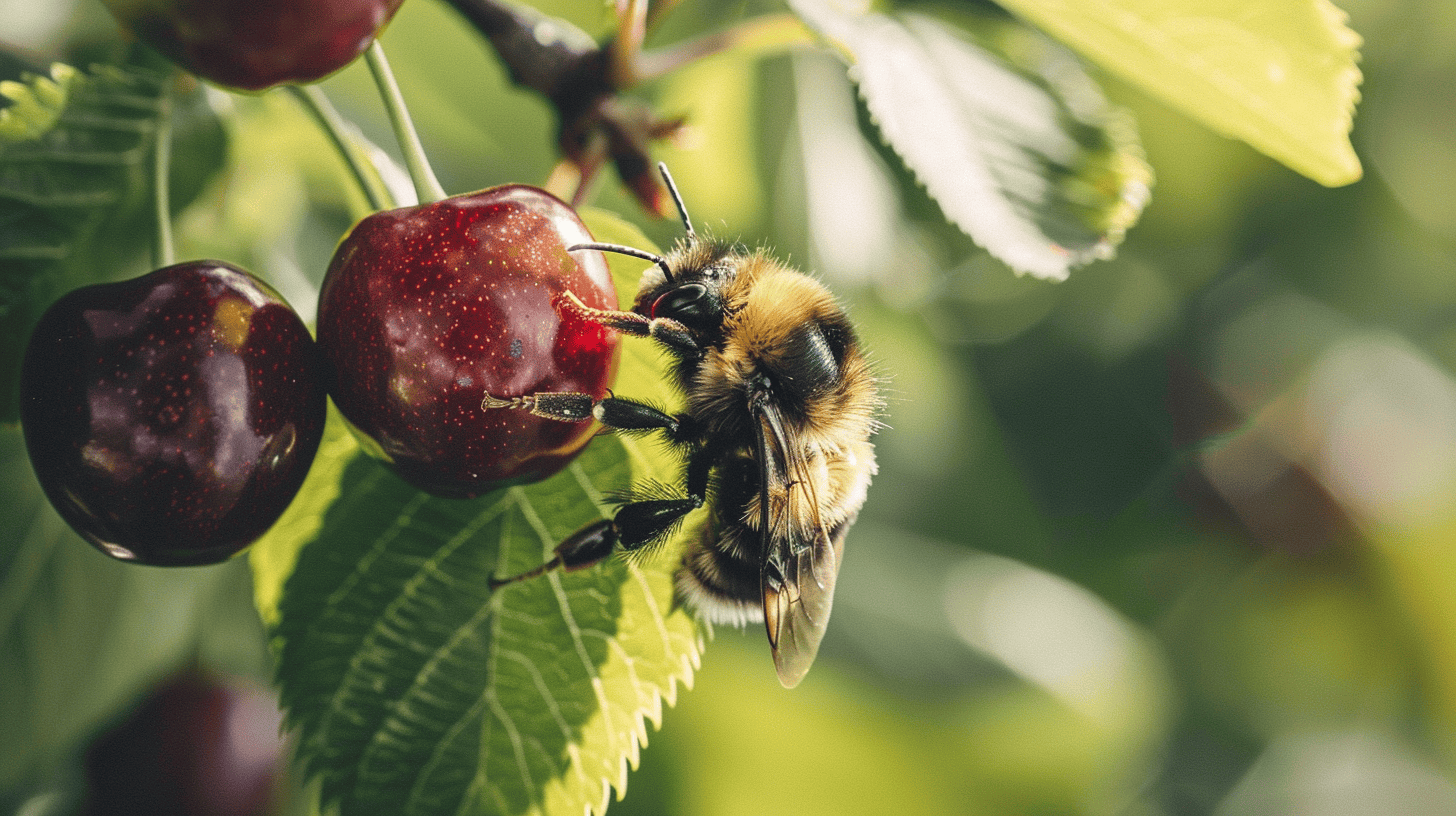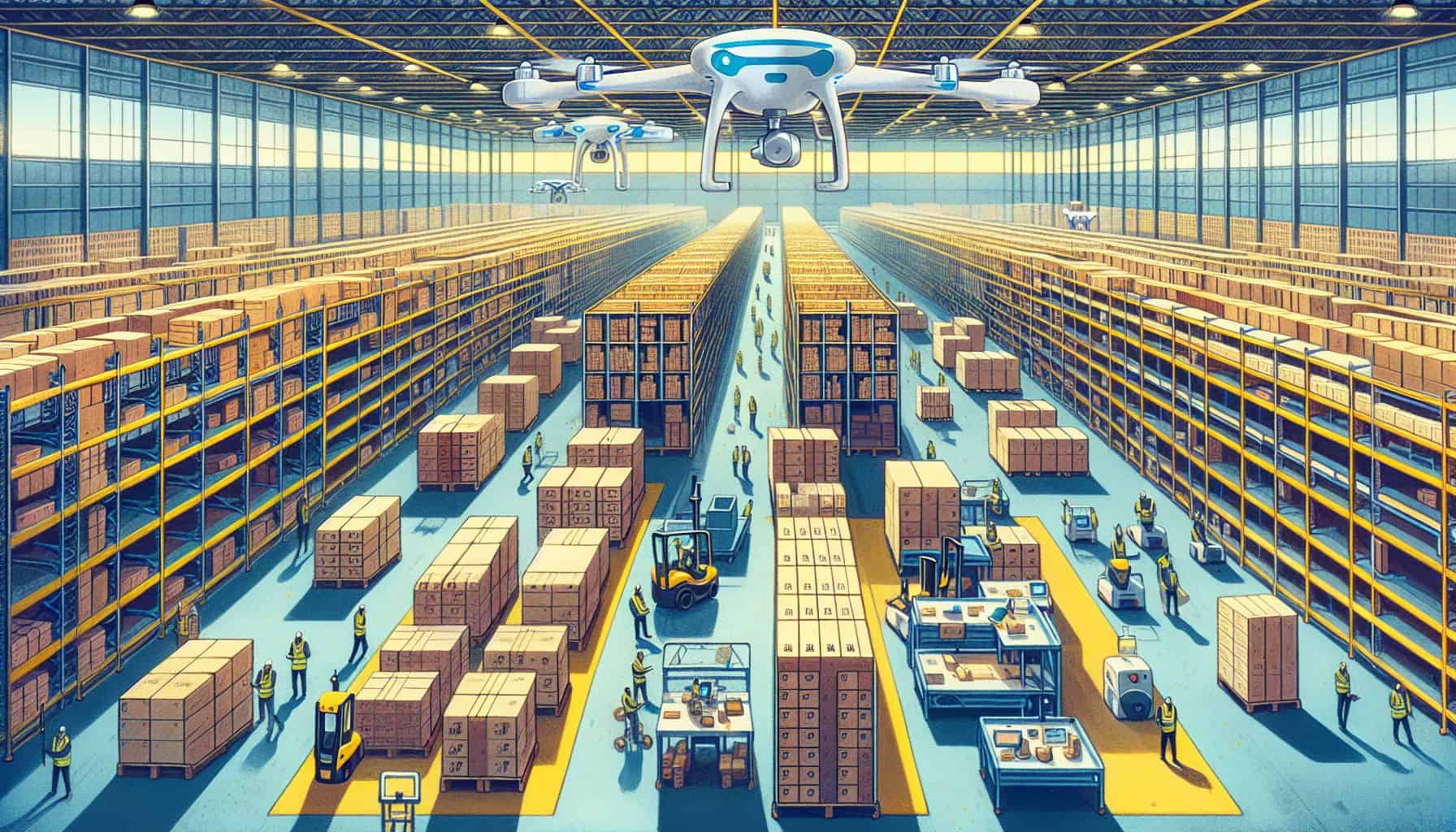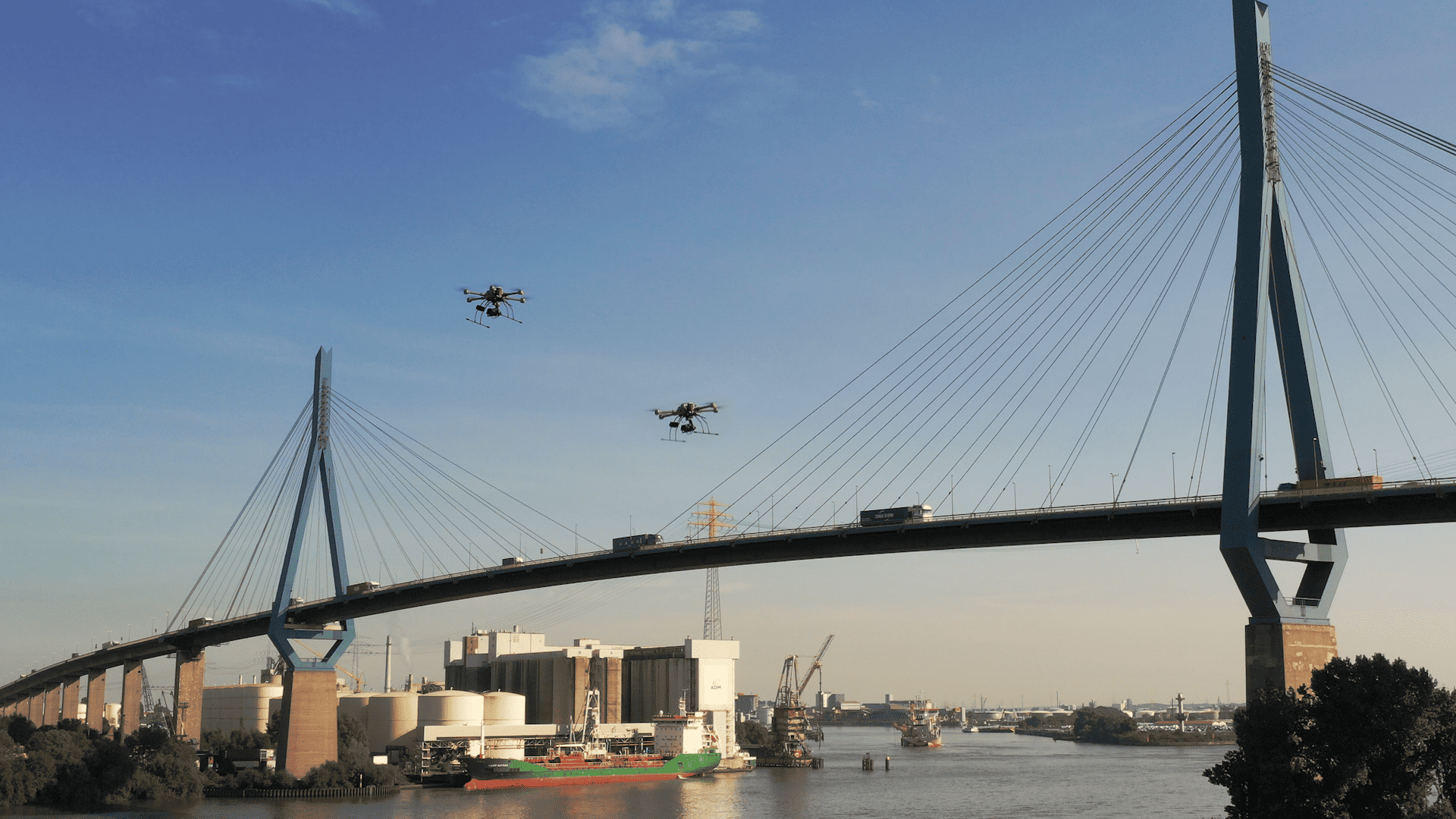
The forest is at the mercy of the environment without protection. Climate change, air pollution, insect plagues or game gnawing at them, many factors cause damage to the trees. There are already sensors in forests today to measure temperature, air quality or the moisture content of trunks. In addition, these sensors can be used to monitor the behavior of forest animals, detect forest fires and insect infestation, as well as the influence of human activities on the forest. However, attaching such sensors to trees is both costly and risky.
Researchers at the Imperial College London, England and Empa in Dübendorf, Switzerland have now developed drones which can perform this task. They can attach sensors precisely to trees, even at great heights. “The flying robots can place arrows equipped with sensors even in dense forests,” says Mirko Kovac, head of the Aerial Robotics Laboratory at Imperial College and the Materials and Technology Center of Robotics at Empa. If the trajectory is unsuitable for the arrow, the drones – like a bird of prey – could find a foothold on trunks and branches and attach the sensors directly.
Smart materials
With the help of these drones, the scientists want to build a network of sensors to better observe the sensitive forest ecosystem. “The drones offer a particular advantage when it comes to regions that are difficult to access, such as the Amazon region,” the researcher emphasizes. “With the help of the drones, large amounts of very precise data on environmental damage in the forest can be obtained. I see the drones as artificial forest inhabitants that control the habitat so that we can better protect it on the basis of the data obtained.”
For this purpose, the drones are equipped with a camera and a launching device for the sensor arrows. Thanks to shape memory metals – “intelligent” materials that react to heat and return to their original structure after deformation – the placement of the arrows can be precisely controlled, the scientists explain. In addition, the drones could be used as mobile sensors and could even collect data when they settle on branches. The scientists have already tested the drones’ capabilities in flight experiments in the indoor flight arena at Empa’s NEST experimental robot testing space in Dübendorf and the test site at the Imperial.
Objective: Autonomous drones
The drones are still controlled by the researchers. They use the camera image to select suitable trees as targets and then shoot the arrows. In the future, however, the flying robots will learn to carry out their work autonomously. This would enable them to be deployed even in the most remote places in the world, such as the rainforest. However, until such a time comes and such missions can take place in nature, “the combination of human control and autonomous robot work must be solidly balanced so that the drones can also cope with the imponderables of a living environment,” the researchers say.
The researchers are supported in their work by the Engineering and Physical Sciences Research Council (EPSRC), Offshore Robotics for Certification of Assets Hub (ORCA), EU’s Horizon 2020 and the British Academy of Sciences The Royal Society.








